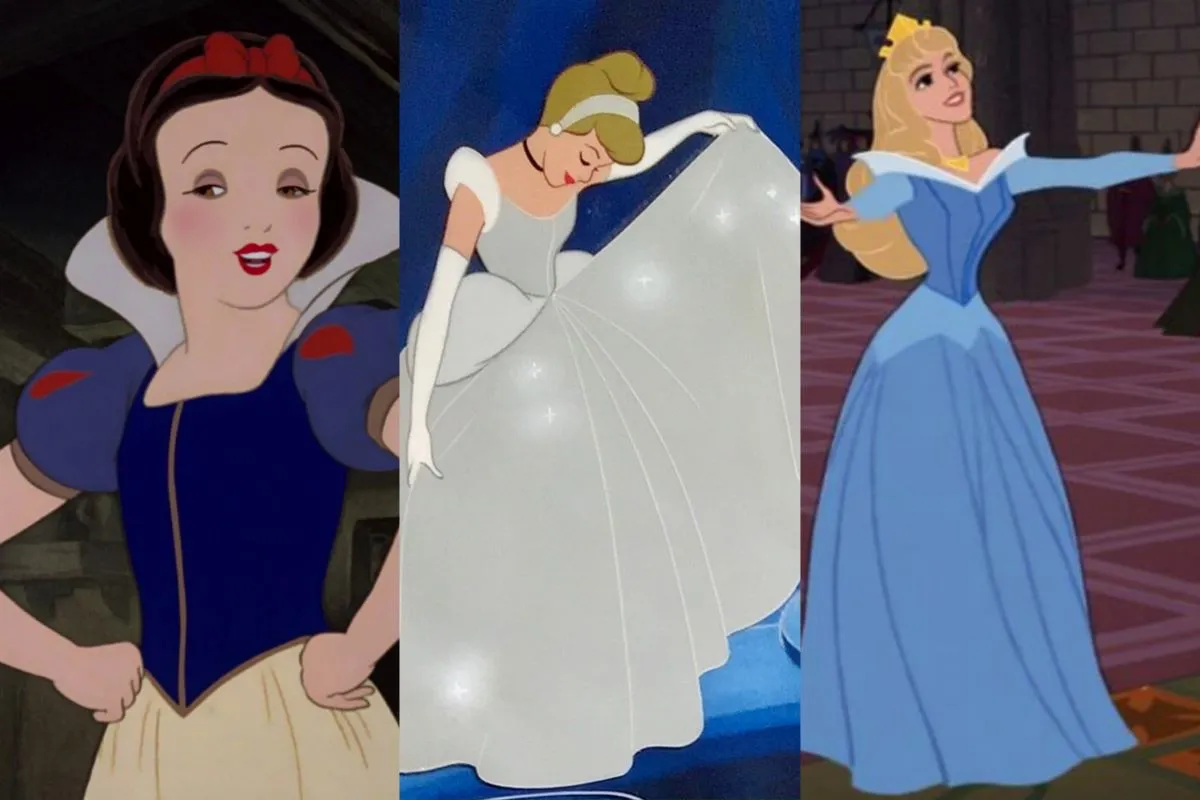The Early Disney Princesses Don’t Deserve All This Hate

Rachel Zegler, the star of Disney’s upcoming live-action remake of Snow White and the Seven Dwarfs, has been disproportionately harassed over comments she made about the original film and its depiction of Snow White. This is especially strange, considering the actress was saying things about the character that many people have thought for years: she’s a damsel in distress, her love story is a little creepy, and the story is outdated.
However, there is a divide in the Disney fandom about how correct these statements are. While many of the commenters are conservatives who hate “Woke Disney” and any sort of change, an increasing number of people are re-evaluating the original Disney princesses and coming to understand that a lot of the hate isn’t warranted.
Snow White
Snow White is the first and often among the easiest targets for people’s complaints. However, it is essential to remember a few key things about her character before judging her so harshly.
While Snow White’s age is not stated in the film, she is implied to be very young, with most sources saying her age is around 14 years old. Even then, her supposed moments of idiocy are also meant to establish her good and trusting nature. Many also argue that Snow White had no way of guessing the Evil Queen was disguised, as her vanity is her most notable trait and the Queen is practically a different character when freed from the confines of her beautiful form, finally allowed to be as wickedly devious as she desires.
Snow White also goes through some relatively intense horror sequences, with the forest scene’s imagery mirroring the mindset of a character who was literally almost murdered by her stepmother.
Despite all of this, Snow White is hopeful and kind, two things that Great Depression audiences aspired to be. Much like 1940s superheroes, Snow White wasn’t meant to be a character with a personality but an archetype that audiences could imagine themselves embodying. She’s an ideal, not a character, which is part of what makes both sides of the argument accurate in their assessment of her.
Cinderella
Cinderella is arguably the best of the original three Disney Princesses. While she gets stereotyped as a damsel in distress, Cinderella is much sassier than you remember and actively subverts her stepfamily by saving the mice from their mouse traps and from Lucifer the cat.
It’s also important to note that Cinderella, like Snow White, is a victim of abuse, and that the relationship between herself and her stepfamily is arguably more important than her relationship with Prince Charming. The scene in which Cinderella’s family destroys her dress is honestly brutal. The stepfamily hurts Cinderella in ways both emotional and physical. This isn’t the simple ripped sleeve of the live-action remake; they are pulling off necklaces and tearing sashes. The only other Cinderella adaptation to surpass this level of depicted cruelty is Drew Barrymore’s Ever After, in which her stepsister Danielle is literally whipped by her family for insubordination.
Cinderella is made to feel like she has to earn her place, only to find out that her hard work means nothing and she will never be accepted nor find escape. When she is understandably devastated, her earlier kindness is rewarded, and she gets what she has worked for: happiness.
She didn’t even go to the ball with the intent of meeting the Prince or any man, something that separates the original animated movie from almost every other adaptation. Cinderella just wanted to get dressed up and dance—she just happened to fall in love along the way.
Briar Rose/Aurora
I will say that out of the original three, Sleeping Beauty‘s Aurora is the weakest; she only has about 14 minutes of screen time in her own film. But it makes more sense when you realize that Aurora is not really the main character, but more of a living MacGuffin to motivate the true heroes. And no, I’m not talking about Prince Philip or Maleficent. I’m talking about the three fairies: Flora, Fauna, and Merryweather. These three elderly women are the ones who drive the plot, not just out of duty to the crown but out of love for the young woman they raised. They are the ones who save Prince Philip and give him the power to defeat the most formidable Disney villainess. All of that should be celebrated.
As for the character, Aurora gets a lot of flak for being “whiny,” but the girl was told she had to marry a stranger—on her birthday. That alone would make most people distraught. Also, her meet-cute with Philip is iconic and I honestly think she and Philip had the best relationship of the first three princesses, though I will say that Cinderella’s Prince was much improved in the third film.
(featured image: Walt Disney Studios Motion Pictures)
Have a tip we should know? tips@themarysue.com